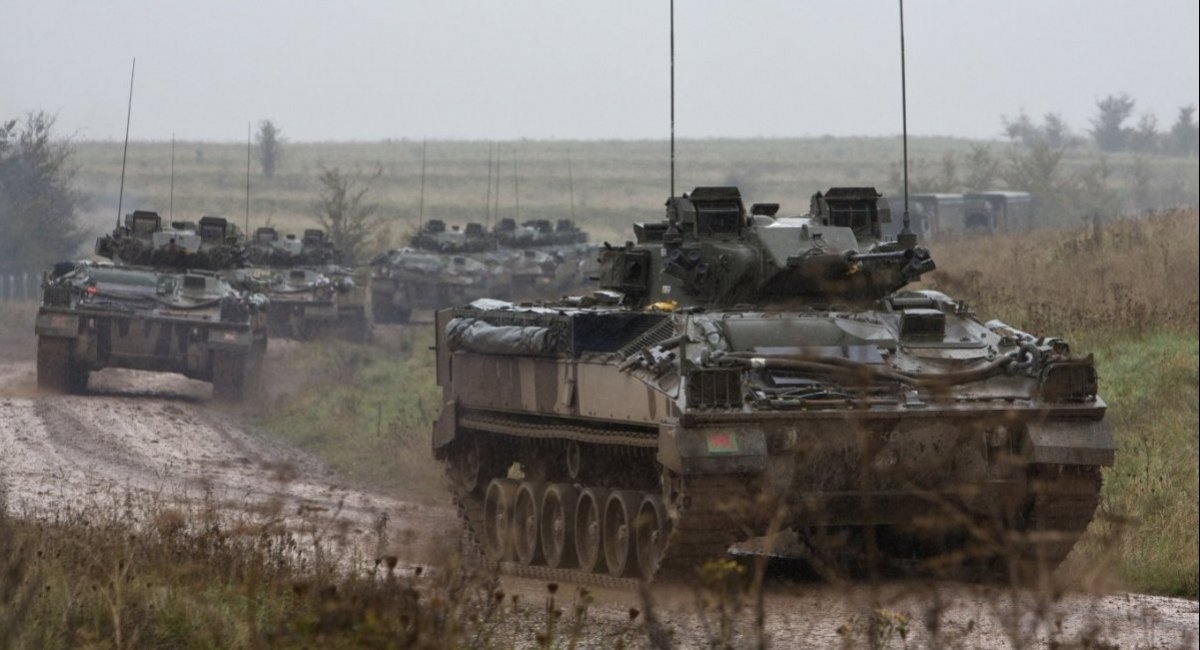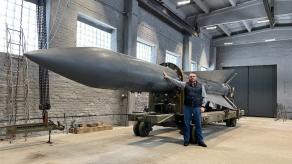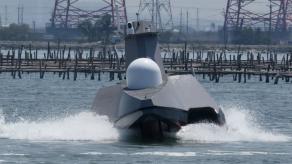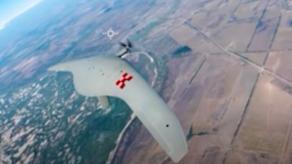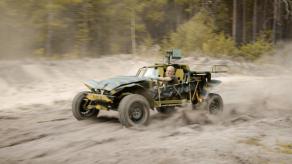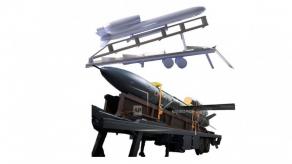In May of this year, the UK Ministry of Defense announced plans to decommission Warrior infantry fighting vehicles in 2027. At that time, the number was 359 combat vehicles. At that time, this news caused the appearance of a petition calling for the transfer of "excess" IFVs, which were planned to be decommissioned anyway, to the Ukrainian Defense Forces.
However, already in June of this year, the country's Ministry of Defence (MoD) decided not to transfer these vehicles to Ukraine for two main reasons: firstly, this is an unnecessary burden on logistics, and secondly, it is not known how expensive it would be to extend the service life of the vehicles and whether such costs would be effective.
Read more: UK Refuses to Send Retired Warrior IFVs to Ukraine – What Alternatives Remain?
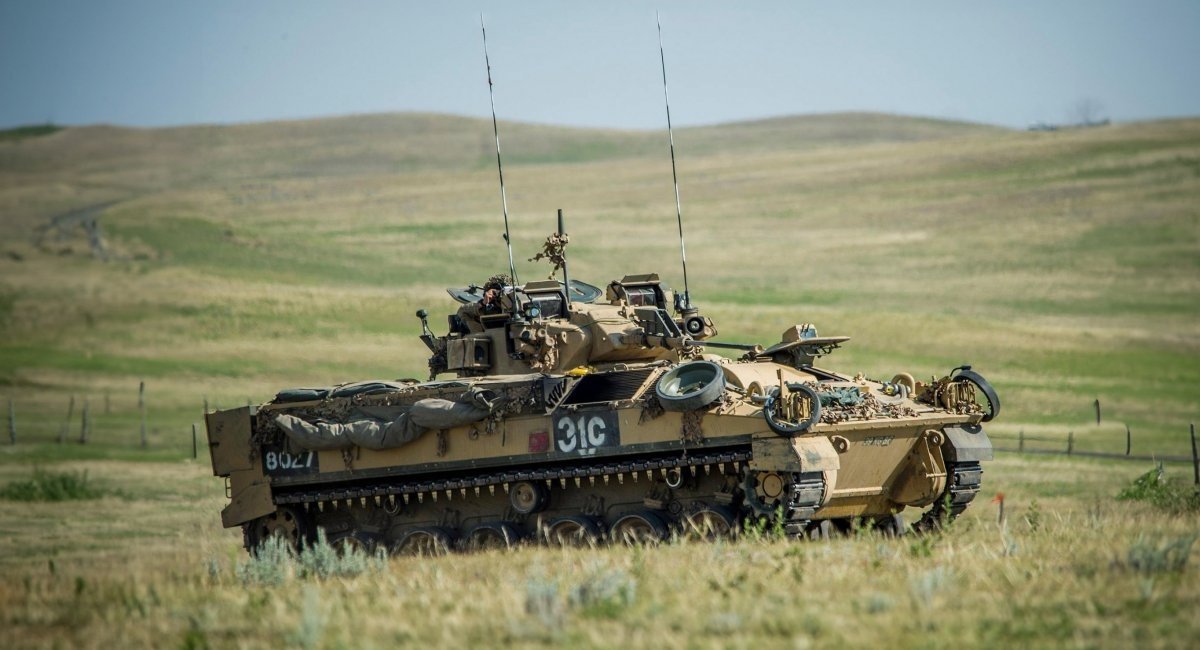
It has now emerged that the UK has its own plans for "excess" Warrior infantry fighting vehicles, as it wants to convert them into remotely or autonomously operated minefield-breaching platforms under Project ATILLA, according to the UK Defence Journal.
It is noted that the contract includes the purchase of six optionally manned systems based on the Warrior infantry fighting vehicle. It is likely that if the project is successful, the number of vehicles that will be converted into remotely or autonomously operated minefield-breaching platform will be increased.
The cost of the contract is announced at 12 million pounds sterling (approximately $16.2 million), the implementation period is from January 2026 to March 2028. There is an option to extend the agreement for a year.
For the British, such a decision is quite profitable, because instead of being decommissioned, the vehicles will serve longer. The Warrior infantry fighting vehicle - given its armor and tracked chassis - is a good solution for use as an unmanned mine-clearing vehicle, especially since this will allow the army to be more quickly equipped with unmanned mine-clearing systems.
As Defense Express reported, UK, Germany, and France created mutual defense alliance outside NATO. We also wrote, that operational plans for deployment of British and French troops in Ukraine were already in development.
Read more: Why do Poles Need Heavy CBWP IFV That Weighs As Much As a Full-Fledged T-64B Tank?




